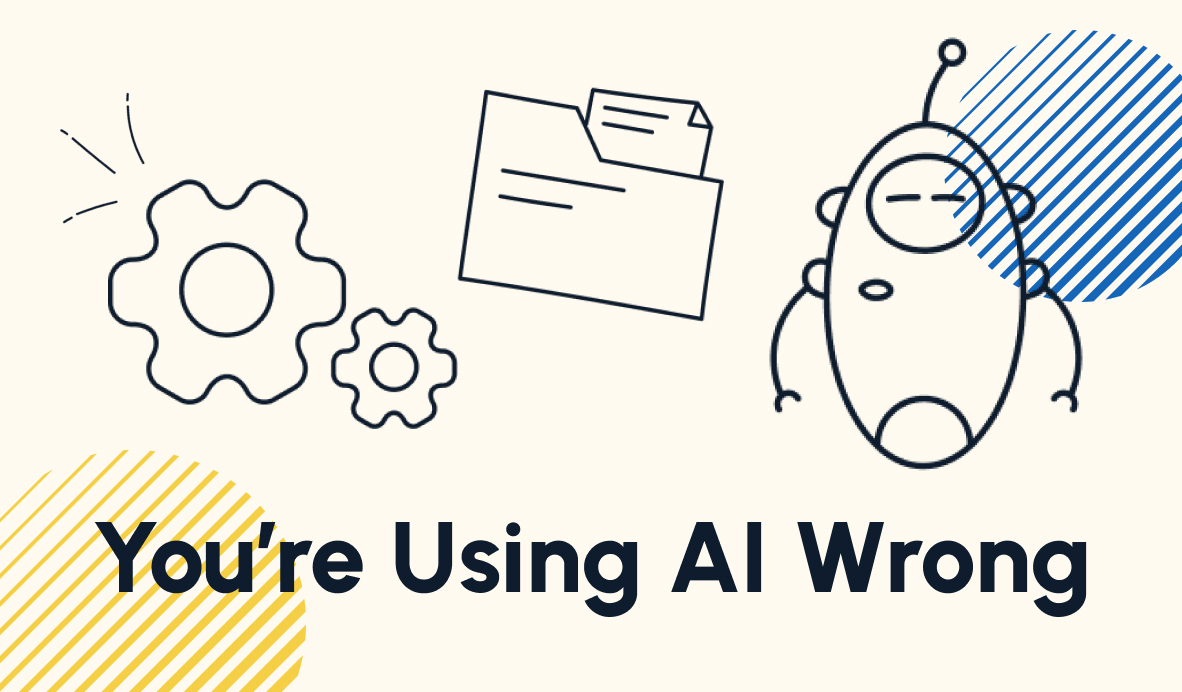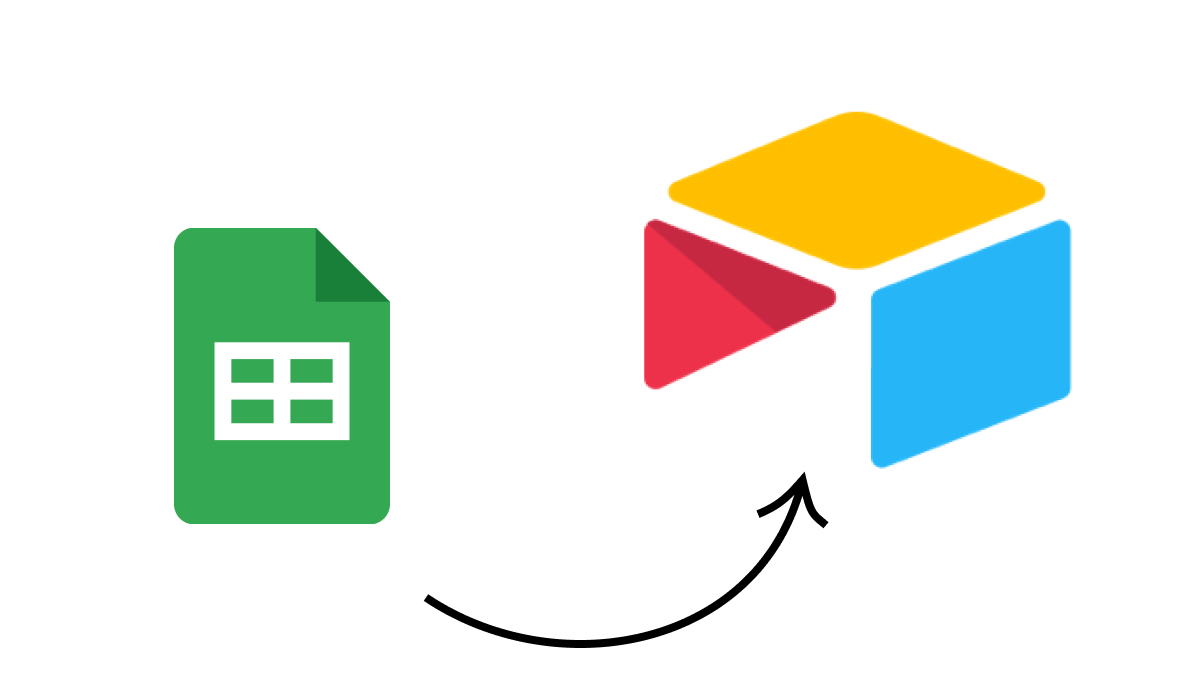Get More out of Automations by Connecting Them to a Centralized Database
Automations aren't just standalone tools. With a centralized database, you can connect your automations together to build a robust automated infrastructure to support your company.
February 9, 2022
.jpg)
While some automations can work as standalone gadgets in your toolbelt, you’ll need to approach automation more systematically to optimize time savings and output boosts at your company.
Instead of thinking about building a series of independent automations, you should plan on creating an extensive automated infrastructure that supports every layer of your business.
Building an automated infrastructure relies on connecting each automated workflow to a centralized database, which we at XRay call an Operational Database, or ODb.
An ODb is a fundamental part of how we build automations at XRay. Building automations around a robust database gives us more options for automating your workflows, and enables low-code automation to support businesses of any size with a reliable automated infrastructure.
In this post, we’ll explain how an ODb extends the functionality of your automations, bridges separate workflows together seamlessly, and helps you to keep track of all your automated activity.
What is an ODb?
An ODb is a centralized database that manages data flowing in and out of your automations. It’s a fundamental part of an automated infrastructure, simultaneously logging metadata about each automation and feeding them with the data they need to perform useful tasks.
At XRay, we use Airtable to create ODbs for our own automations and for our clients. Airtable is a database application with extensive options for syncing, filtering, and reformatting data.
An ODb adds functionality to every automation
On their own, no-code/low-code platforms like Zapier and Integromat are impressive tools that let you connect apps to automate your workflows in all sorts of helpful ways. However, every platform has its limits, and using the basic features of Zapier alone won’t cut it for most businesses.
Perform complex database lookups
Using an ODb lets automators go beyond the limits of automation platforms and build more sophisticated workflows. For instance, while Zapier does include the ability to add lookup tables to an automation, it only allows for records that consist of a single key-value pair. Additionally, each table can only be accessed from within that automation.
Using an ODb, you can perform lookups with unlimited complexity and access the same database from any automation. You can find a client, their project type, start date, assigned team members - whatever data you want to store, collect, and reference. No limits, and no redundancies.
Control when automations run
You can also use an ODb to precisely control and adjust the conditions that trigger an automation to run. Airtable lets you create different “views” that only contain records in the database that meet a certain, specific set of criteria. From there, Zapier allows you to trigger automations whenever a new record appears in a specific view. By combining the two, you can use views to control exactly when your automations trigger, and change those conditions without even needing to open up Zapier or any other automation platform.
Do more with your data
Airtable is a powerful tool in its own right, and using it as an ODb for your automations means you gain access to all of Airtable’s functionality for working with your data. Airtable supports an extensive arsenal of formulas to reformat data, mathematical calculations, and flexible “mini-extensions” to run useful scripts.
Data entry is one of the most common targets for automation, so it’s always helpful to have more ways to manipulate and process the data involved in your automations.
Connect automations together with an ODb
With an ODb, data flows in both directions. As we mentioned earlier, each automation can perform lookups and reference data stored in your ODB.
But each automation can also feed data into your ODb, letting you gather more data each time your automations run. The two-way flow of data makes it easier for you to connect each automation you build to previously established workflows.
Each automation leads into the next
For instance, imagine that you’ve built an automation to support your inbound lead handling process (as we’ve done for our member Squared Away). This automation would collect lots of data about each lead that goes through your system, like their name, company name, project, project start date, point of contact email, etc.
All of that data about your leads will be stored in your ODb as your automations run, without you needing to take any time to enter it manually. So if you want to build another automation that would benefit from using the same data, like a client onboarding automation, it can pull the necessary information right from your ODb. You don’t need to start from square one and build a new database to support the new automation. You can just a few more fields, and you’re good to go.
With an ODb, automations are just siloed, self-contained tools. They all connect together, forming a larger infrastructure that can support actions across different teams and departments around your entire company.
Monitor automated activity with your ODb
When you integrate several automations into your key business processes, it’s important to be able to keep track of what those automations are doing.
As your automations run, they’ll populate the ODb with important metadata: a timestamp of when each automation ran, links to edit the automation in Zapier or Integromat, links to any files or they’ve created, and more.
With an ODb, it’s easier to keep tabs on all of your automated activity, even if you’re using several different automation platforms. Paired with some simple tools like chat notifications, your ODb will help you and your team to be aware of everything your automations are doing, so you don’t need to worry about accidentally performing redundant work or missing critical messages that your automations are sending.
Track KPMs through automation
You can also use your ODb’s activity log to track the performance of your automations and your team. You’ll be able to see at a glance how many times your automations run, how often you’re completing your automated processes, and how much time you’re saving through automation.
Whatever processes you automate will inherently be tracked in the database. If you automate inbound lead handling, you’ll be able to see how many leads are coming in and what your conversion rate is. If you automate
So if you want more visibility into your company’s KPMs, automation with a centralized database is a simple way to achieve it.
Lay the groundwork to scale your automations and gather key metrics
At XRay, we build all of our clients’ automations around an Operational Database. Even if you start with a small, simple automation focused on saving time for a single person, building with an ODb from the beginning will achieve three critical things:
1. It will extend the functionality of each individual automation
2. It will let you build automations that connect to each other, seamlessly sharing and reusing data
3. It will let you keep track of what your automations are doing, and how they’re helping you to save time and boost output.
If you’d like to learn more about how XRay designs and builds automated workflows, check out our blog or our YouTube channel. You can also follow XRay on Twitter, Facebook, or LinkedIn.
Database icon made by Freepik from www.flaticon.com












